Home>Construction & Tools>Building Materials>How To Lay A Brick Floor On Concrete
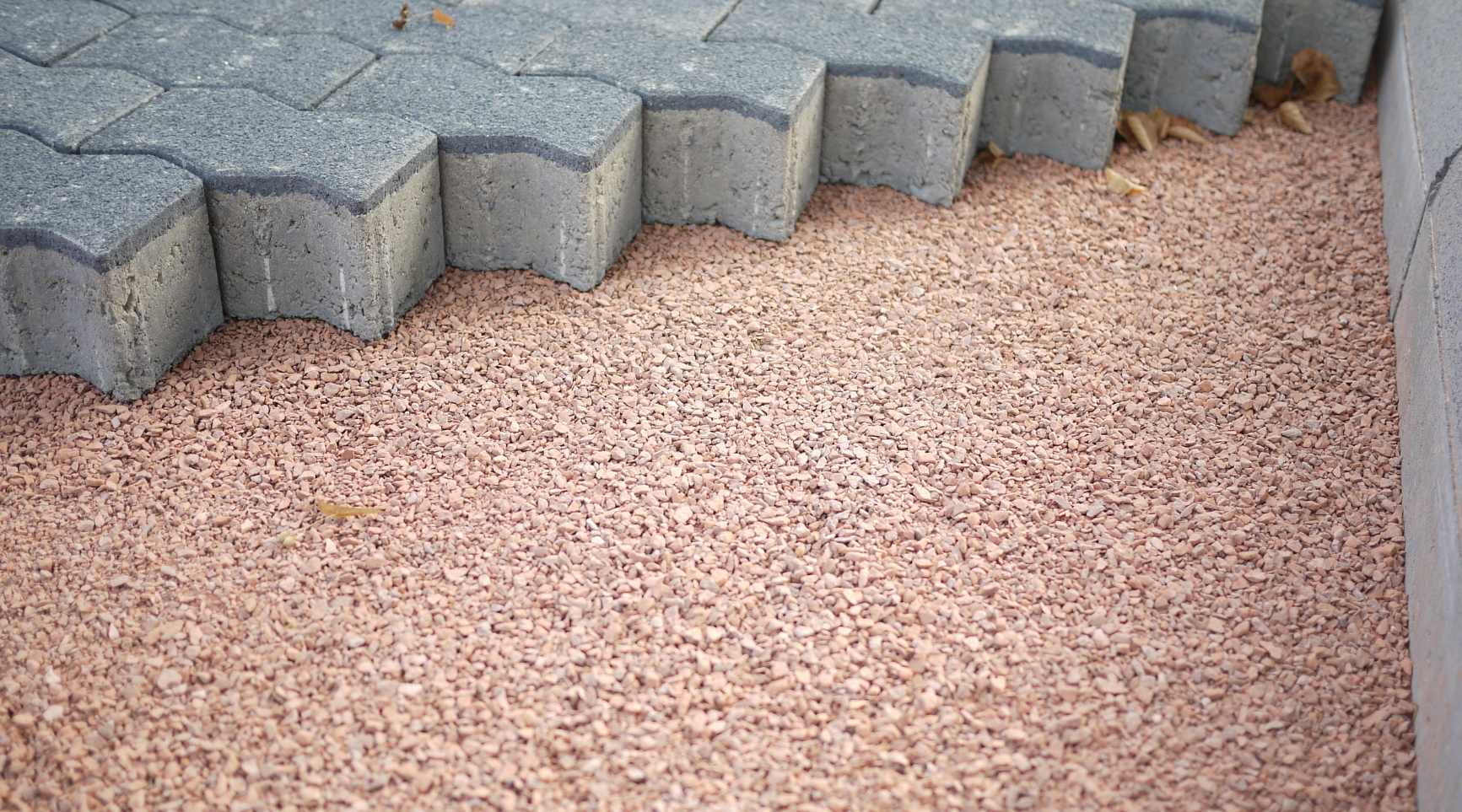

Building Materials
How To Lay A Brick Floor On Concrete
Modified: February 18, 2024
Learn how to lay a durable brick floor on concrete with our step-by-step guide using high-quality building materials. Create a beautiful and lasting foundation for your space.
(Many of the links in this article redirect to a specific reviewed product. Your purchase of these products through affiliate links helps to generate commission for Storables.com, at no extra cost. Learn more)
Introduction
Welcome to the world of timeless elegance and durability – the brick floor. If you’re considering adding a touch of rustic charm and warmth to your living space, laying brick flooring on a concrete subfloor is a fantastic option. Not only does it infuse character into any room, but it also offers exceptional longevity, making it a worthwhile investment. In this comprehensive guide, we will walk you through the step-by-step process of laying a brick floor on a concrete subfloor, ensuring that you achieve a stunning and enduring result.
Before we dive into the nitty-gritty details, it’s important to note that while this project requires some physical effort and attention to detail, it’s certainly achievable for the avid DIY enthusiast. With the right materials, tools, and a bit of patience, you can transform your space into a captivating haven that exudes warmth and character. So, roll up your sleeves and let’s embark on this exciting journey to create a beautiful brick floor that will stand the test of time.
Key Takeaways:
- Laying a brick floor on a concrete subfloor requires careful preparation, precise brick placement, and meticulous joint filling. With the right materials and tools, you can create a durable and visually appealing brick floor that adds warmth and character to your space.
- After laying the bricks, filling the joints and applying a protective sealer are crucial steps to ensure the longevity and beauty of your brick floor. Regular maintenance and proper sealing will keep your brick floor looking stunning for years to come.
Read more: How To Lay Brick Floor
Materials and Tools Needed
Before you embark on laying a brick floor on a concrete subfloor, it’s essential to gather all the necessary materials and tools. Here’s a comprehensive list to ensure you’re well-prepared for the project:
Materials:
- Brick Pavers: Select high-quality, durable brick pavers that complement the aesthetic of your space. Consider factors such as color, texture, and size when choosing the bricks.
- Concrete Sealer: Opt for a high-quality concrete sealer to protect the subfloor and enhance the longevity of the brick floor.
- Sand: You'll need coarse sand for the base and fine sand for filling the joints between the bricks.
- Grout: Choose a suitable grout that complements the color of the bricks and provides a strong, durable bond.
- Primer: A concrete primer will help ensure proper adhesion between the concrete subfloor and the brick pavers.
- Concrete Patch: In case the concrete subfloor has imperfections, a concrete patch will be necessary to create a smooth and level surface.
- Water-Based Polyurethane Sealer: This sealer will help protect the brick floor and make it easier to clean and maintain.
Tools:
- Measuring Tape and Chalk Line: Essential for marking guidelines and ensuring straight lines during the installation process.
- Trowel: A notched trowel is needed for applying the mortar or adhesive when laying the bricks.
- Masonry Saw: For cutting bricks to fit into corners and along edges.
- Rubber Mallet: Used to gently tap the bricks into place without damaging them.
- Broom and Dustpan: For cleaning the concrete subfloor before installation.
- Mixing Tools: Including a bucket and a mixing drill for preparing mortar and grout.
- Protective Gear: Safety goggles, gloves, and a dust mask are essential for personal protection during the installation process.
By ensuring you have all the necessary materials and tools at your disposal, you’ll be well-equipped to tackle the project with confidence and precision.
Preparing the Concrete Subfloor
Before laying the brick floor, it’s crucial to properly prepare the concrete subfloor to ensure a stable foundation for the brick pavers. Here’s a step-by-step guide to preparing the subfloor:
Read more: How To Lay Brick Pavers On Concrete
1. Evaluate the Condition of the Concrete:
Thoroughly inspect the concrete subfloor for any cracks, uneven areas, or imperfections. If there are significant cracks or damage, consider repairing and leveling the surface with a concrete patch to create a smooth and even base for the brick installation.
2. Clean the Subfloor:
Remove any debris, dust, and loose particles from the concrete subfloor using a broom and a vacuum. It’s essential to ensure that the surface is clean and free of any obstructions that could affect the adhesion of the bricks.
3. Apply a Concrete Primer:
Once the subfloor is clean and dry, apply a concrete primer to promote strong adhesion between the concrete and the brick pavers. Follow the manufacturer’s instructions for the application and drying time of the primer.
4. Mark Guidelines:
Use a measuring tape and chalk line to mark guidelines on the subfloor, indicating the layout and positioning of the brick pavers. This step is crucial for ensuring straight lines and a uniform installation pattern.
Read more: How To Lay Tile On Concrete Floor
5. Mix and Apply Mortar or Adhesive:
Prepare the mortar or adhesive according to the manufacturer’s instructions. Apply a layer of mortar or adhesive to a small section of the subfloor, following the marked guidelines. Use a notched trowel to create an even layer of mortar or adhesive for the bricks to adhere to.
6. Set the Bricks:
Carefully place the brick pavers onto the mortar or adhesive, following the marked guidelines. Use a rubber mallet to gently tap the bricks into place, ensuring they are level and securely set in the mortar or adhesive.
By meticulously preparing the concrete subfloor, you’ll establish a solid and level foundation for the brick floor installation. This meticulous approach lays the groundwork for a stunning and long-lasting brick floor that will elevate the aesthetic appeal of your space.
Laying the Bricks
With the concrete subfloor properly prepared, it’s time to embark on the exciting phase of laying the brick pavers. This process requires precision and attention to detail to ensure a visually appealing and structurally sound brick floor. Here’s a detailed guide to laying the bricks:
1. Arrange the Bricks:
Start by arranging the brick pavers in the desired pattern, ensuring that they fit snugly within the marked guidelines on the concrete subfloor. This step allows you to plan the layout and make any necessary adjustments before securing the bricks in place.
Read more: How To Lay A Brick Walkway Over Concrete
2. Cut Bricks as Needed:
Use a masonry saw to cut the brick pavers to fit along the edges and corners of the installation area. Accurate measurements and precise cuts are essential to maintain a uniform and professional-looking brick floor.
3. Apply Mortar or Adhesive:
Working in small sections, apply a layer of mortar or adhesive to the concrete subfloor within the marked guidelines. Use a notched trowel to create an even layer of mortar or adhesive, ensuring proper adhesion for the brick pavers.
4. Set the Bricks in Place:
Carefully place the prepared brick pavers onto the mortar or adhesive, following the planned layout. Press each brick firmly into the mortar or adhesive, ensuring that they are level and securely set. Use a rubber mallet to gently tap the bricks into place without damaging them.
5. Maintain Uniform Joints:
As you lay the bricks, ensure that consistent and uniform joints are maintained between each brick. Use spacers or a joint tool to achieve even spacing and create a visually pleasing pattern across the entire floor.
Read more: How To Lay Brick
6. Check for Level and Alignment:
Periodically use a level to ensure that the bricks are being laid evenly and maintain a consistent height. Additionally, check for proper alignment and adjust the positioning of the bricks as needed to maintain straight lines and a uniform pattern.
By following these steps with precision and care, you’ll successfully lay the brick pavers to create a stunning and enduring brick floor that adds character and warmth to your space.
Filling the Joints
Once the brick pavers are securely in place, the next crucial step in the installation process is filling the joints between the bricks. Properly filling and finishing the joints not only enhances the visual appeal of the brick floor but also contributes to its structural integrity. Here’s a detailed guide to filling the joints:
1. Clean the Surface:
Before filling the joints, ensure that the surface of the brick floor is clean and free of any debris or excess mortar. Use a brush or broom to remove any loose particles from the surface and between the joints.
2. Prepare the Grout:
Prepare the grout mixture according to the manufacturer’s instructions, ensuring that it reaches the desired consistency for filling the joints. It’s essential to use a grout color that complements the brick pavers and enhances the overall aesthetic of the floor.
Read more: How To Lay A Concrete Driveway
3. Apply the Grout:
Using a grout float or trowel, apply the prepared grout mixture to the joints between the brick pavers. Work the grout into the joints, ensuring that they are uniformly filled and that the grout is level with the surface of the bricks.
4. Remove Excess Grout:
After filling the joints, use a damp sponge to carefully remove any excess grout from the surface of the bricks. Rinse the sponge frequently and continue to smooth the grout lines, ensuring a clean and polished appearance.
5. Allow the Grout to Cure:
Allow the grout to cure for the recommended time as specified by the manufacturer. This curing period is crucial for the grout to set and achieve its full strength, ensuring long-term durability and stability of the brick floor.
6. Apply a Sealer:
Once the grout has fully cured, apply a suitable sealer to the brick floor to protect the grout and enhance the overall resilience of the installation. A water-based polyurethane sealer is an excellent choice for sealing the brick floor and simplifying maintenance.
By meticulously filling the joints and applying a protective sealer, you’ll complete the installation of the brick floor with a refined and enduring finish, ready to enrich your living space for years to come.
Read more: How To Lay Brick Walkway
Finishing and Sealing the Brick Floor
As the final step in the installation process, finishing and sealing the brick floor is essential to ensure its longevity, durability, and visual appeal. Proper finishing and sealing not only protect the brick surface but also enhance its natural beauty. Here’s a comprehensive guide to completing the installation:
1. Clean the Surface:
Prior to sealing the brick floor, thoroughly clean the surface to remove any remaining debris, dust, or grout residue. Use a gentle cleaning solution and a soft brush to ensure that the bricks are clean and free of any contaminants.
2. Apply the Sealer:
Choose a high-quality water-based polyurethane sealer specifically designed for brick surfaces. Apply the sealer evenly across the entire brick floor using a paintbrush or roller, ensuring complete coverage and penetration into the porous surface of the bricks.
3. Allow for Drying Time:
After applying the sealer, allow the brick floor to dry completely according to the manufacturer’s instructions. This drying period is crucial for the sealer to cure and form a protective barrier that enhances the durability and resilience of the brick surface.
Read more: How To Lay Brick For A Fireplace
4. Apply Additional Coats (Optional):
Depending on the specific sealer used, you may opt to apply additional coats for added protection and longevity. Follow the recommended application guidelines and drying times for the chosen sealer to achieve the desired level of protection for your brick floor.
5. Conduct Regular Maintenance:
Once the brick floor is sealed, it’s important to establish a regular maintenance routine to preserve its beauty and integrity. Routine cleaning and periodic resealing, as recommended by the manufacturer, will ensure that your brick floor remains a stunning focal point in your living space for years to come.
6. Enjoy Your Beautiful Brick Floor:
With the finishing and sealing process complete, take a moment to admire and enjoy the timeless beauty and warmth of your newly installed brick floor. Whether it’s in a kitchen, living room, or outdoor patio, the brick floor adds a touch of rustic charm and enduring elegance to your home.
By meticulously completing the finishing and sealing process, you’ll ensure that your brick floor not only looks stunning but also stands the test of time, becoming a beloved feature in your living space for years to come.
Frequently Asked Questions about How To Lay A Brick Floor On Concrete
Was this page helpful?
At Storables.com, we guarantee accurate and reliable information. Our content, validated by Expert Board Contributors, is crafted following stringent Editorial Policies. We're committed to providing you with well-researched, expert-backed insights for all your informational needs.
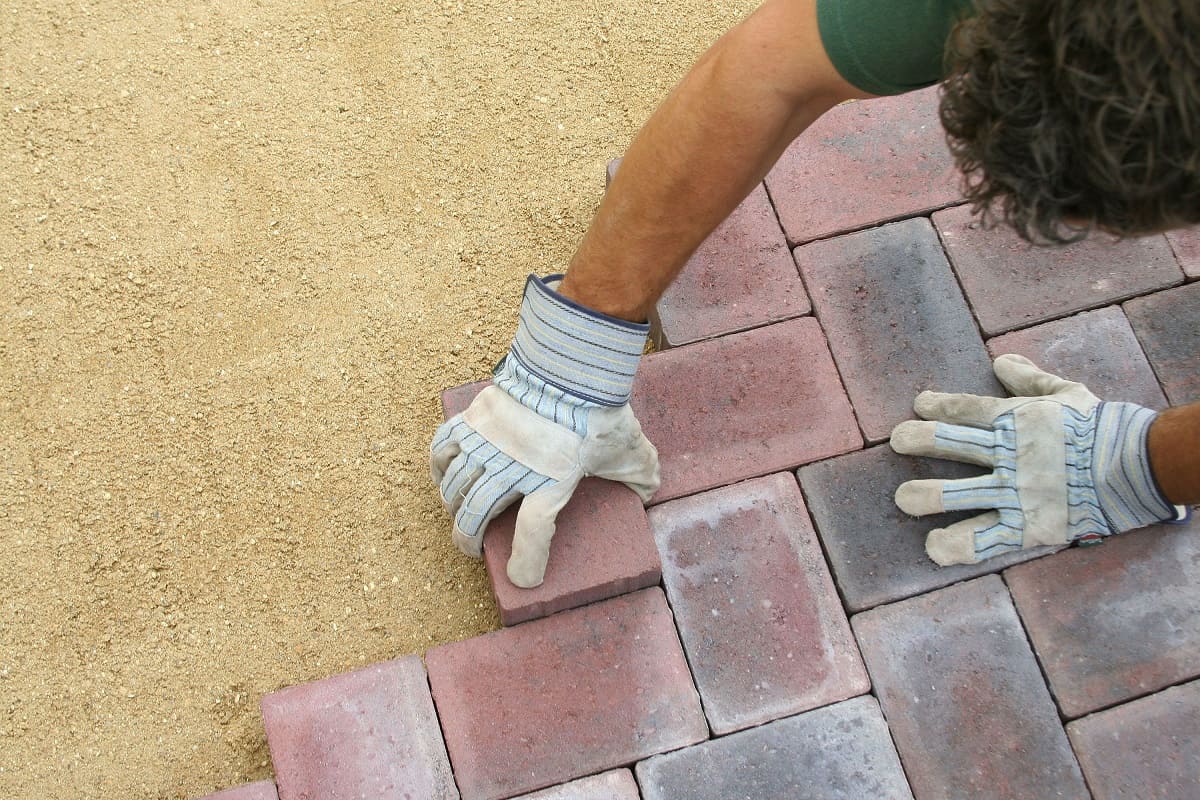
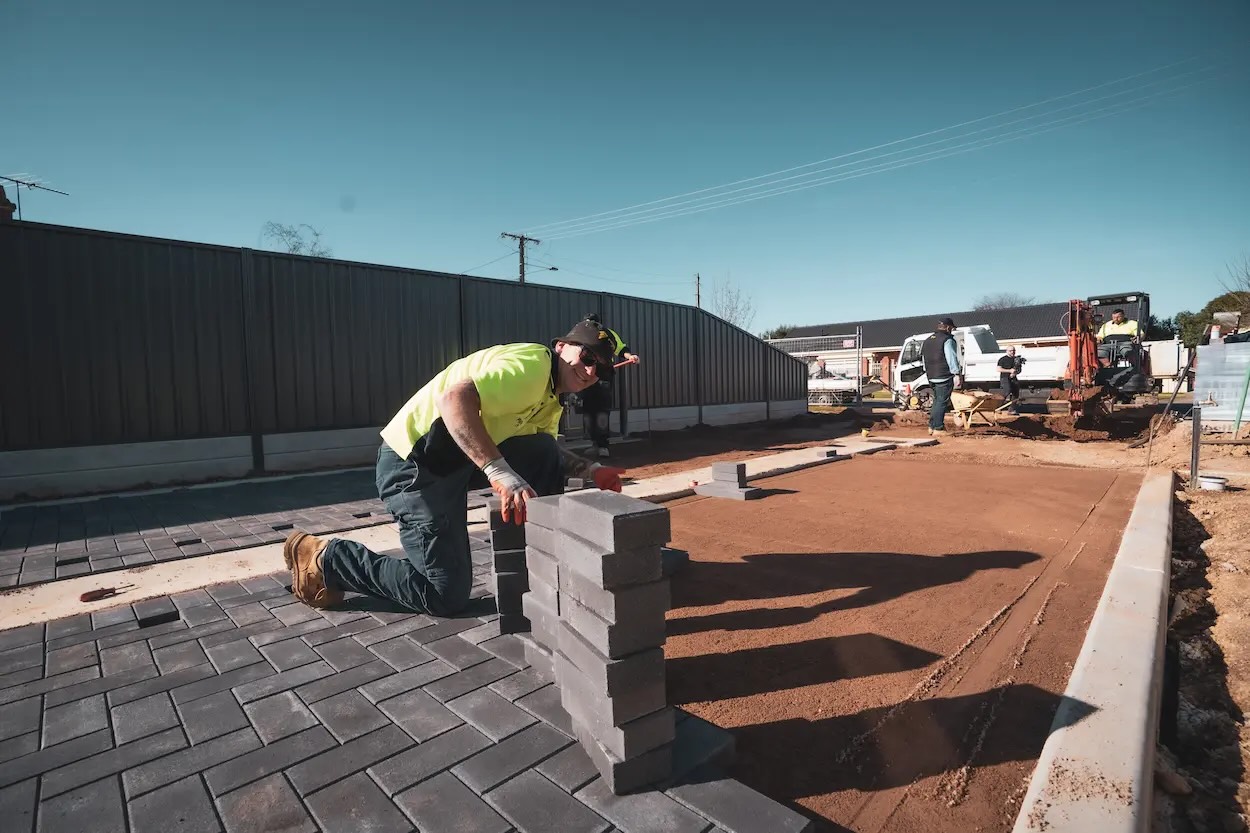
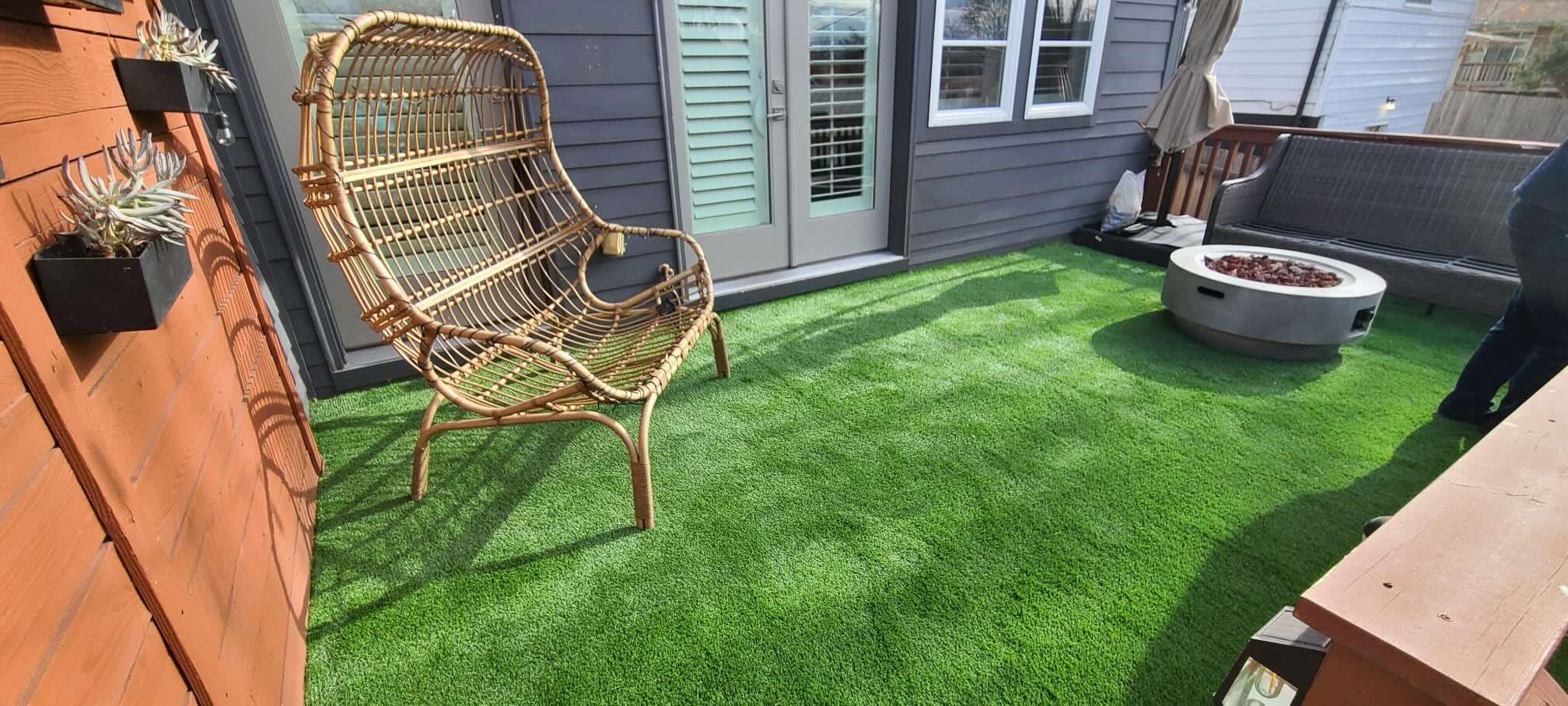
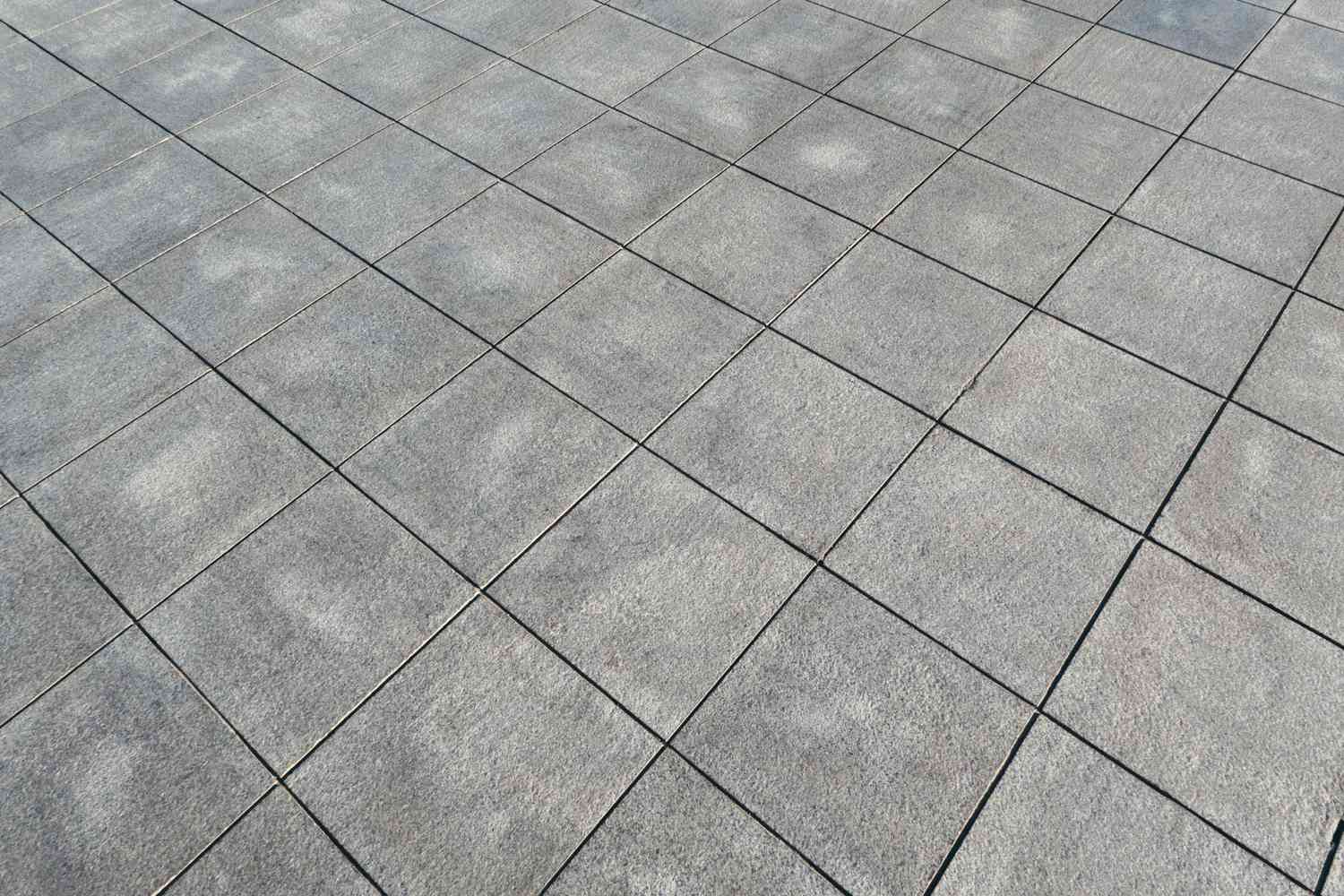
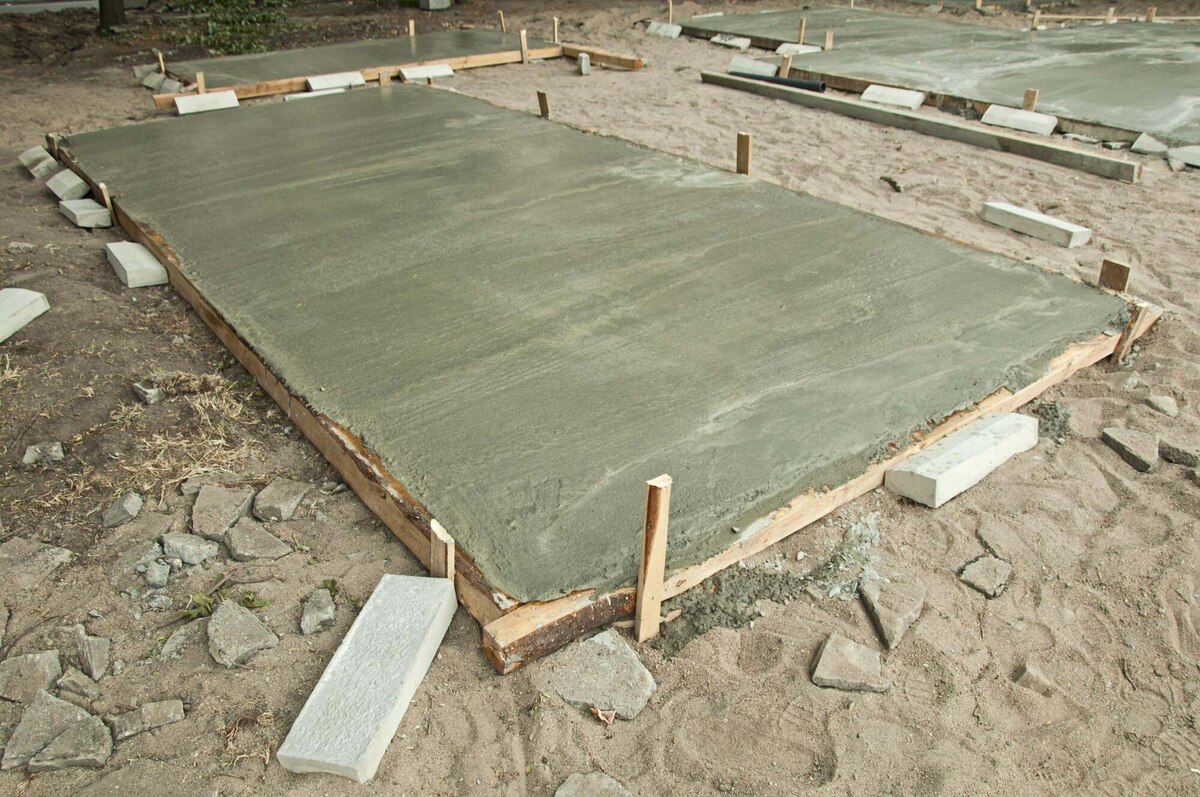
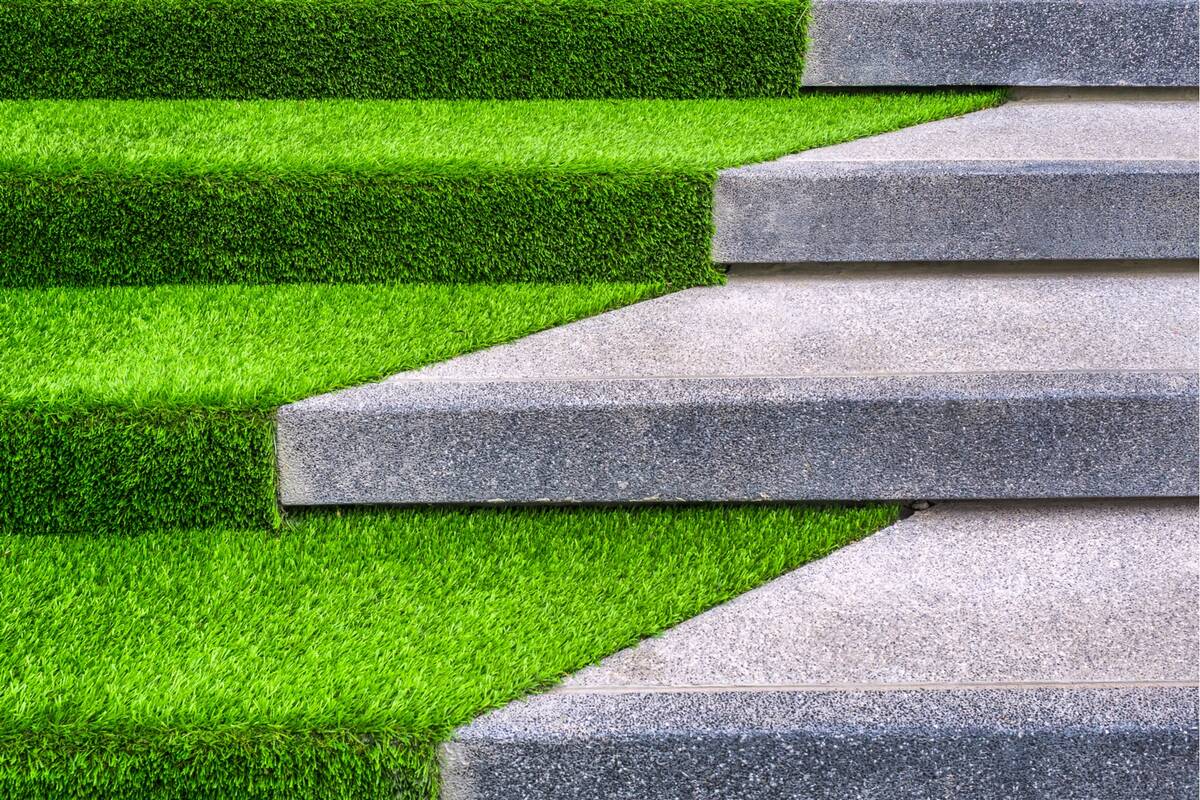
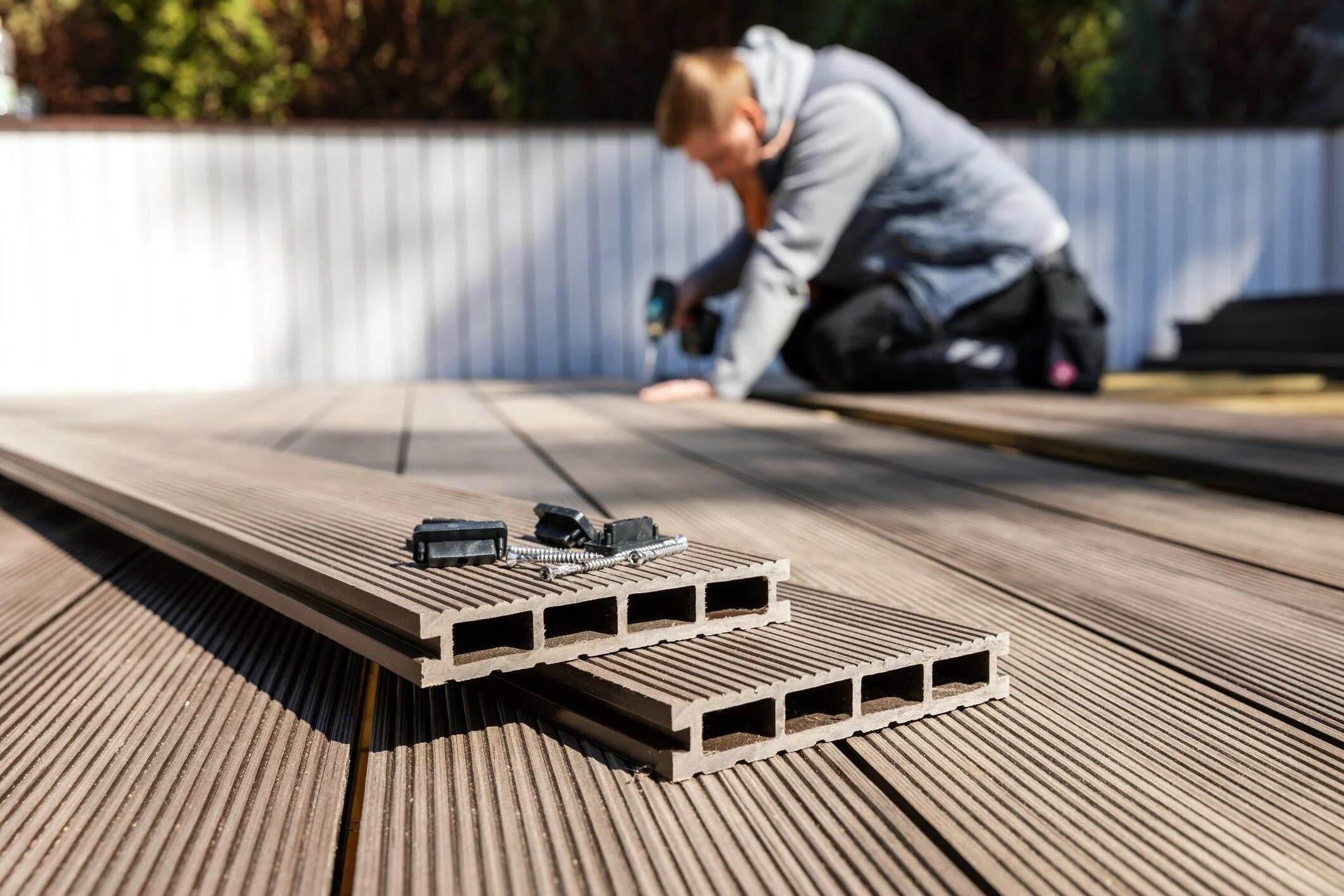
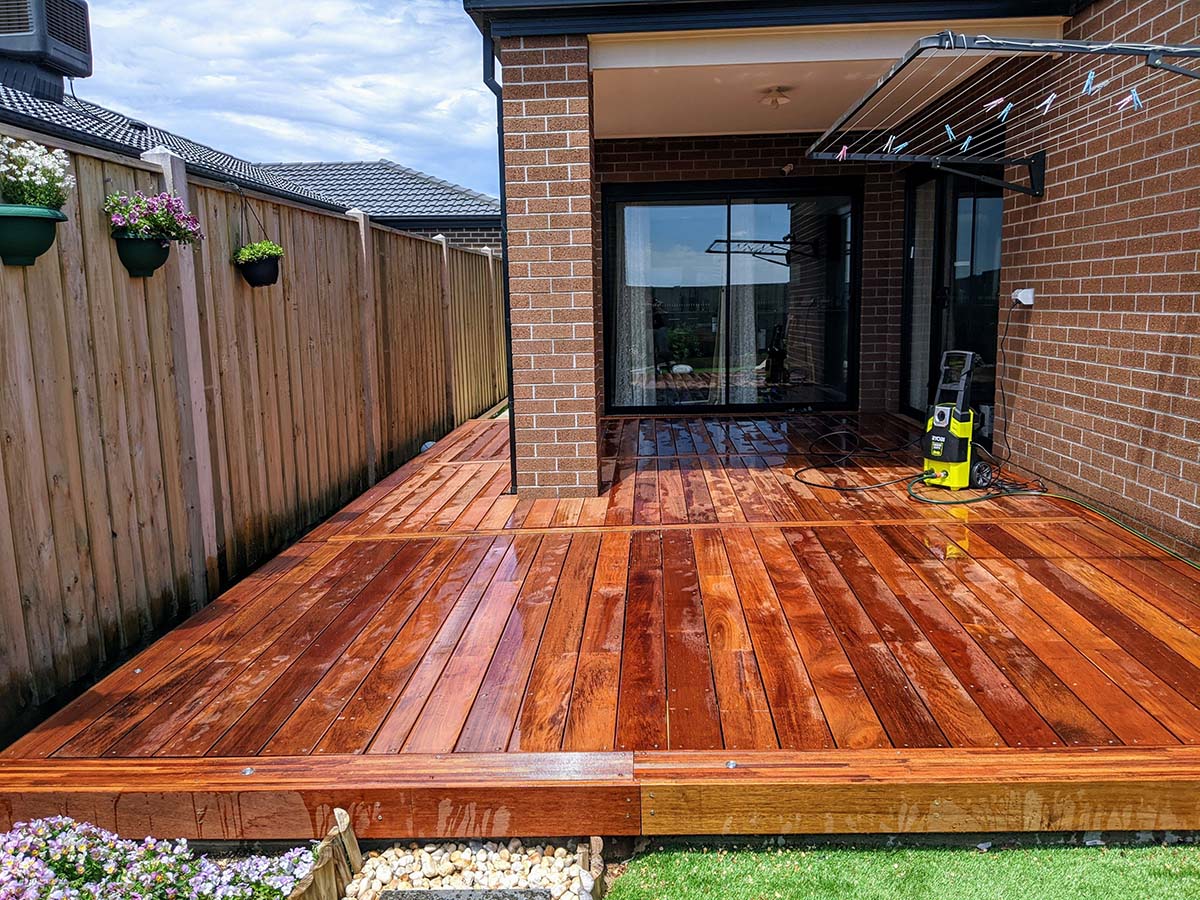

0 thoughts on “How To Lay A Brick Floor On Concrete”